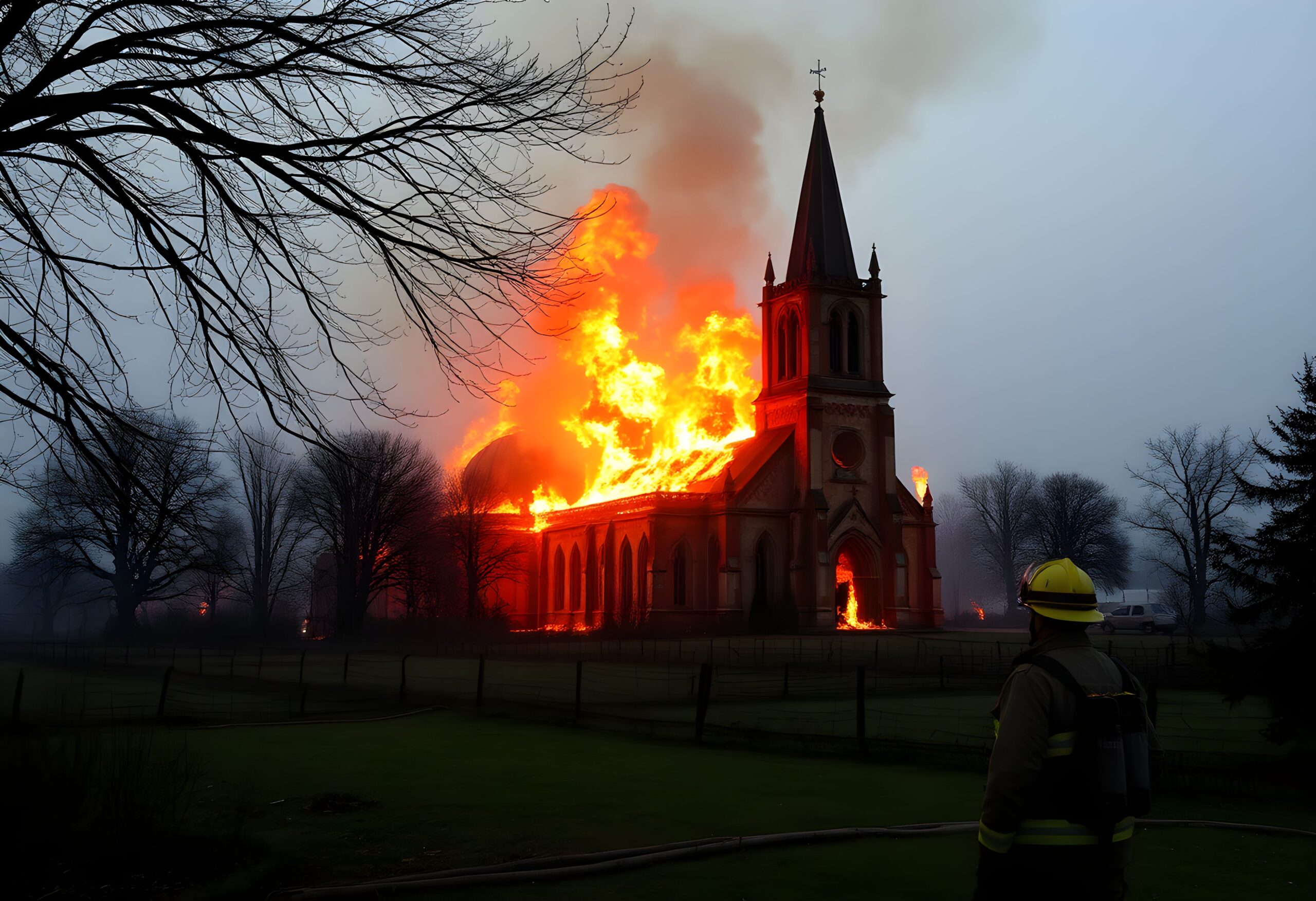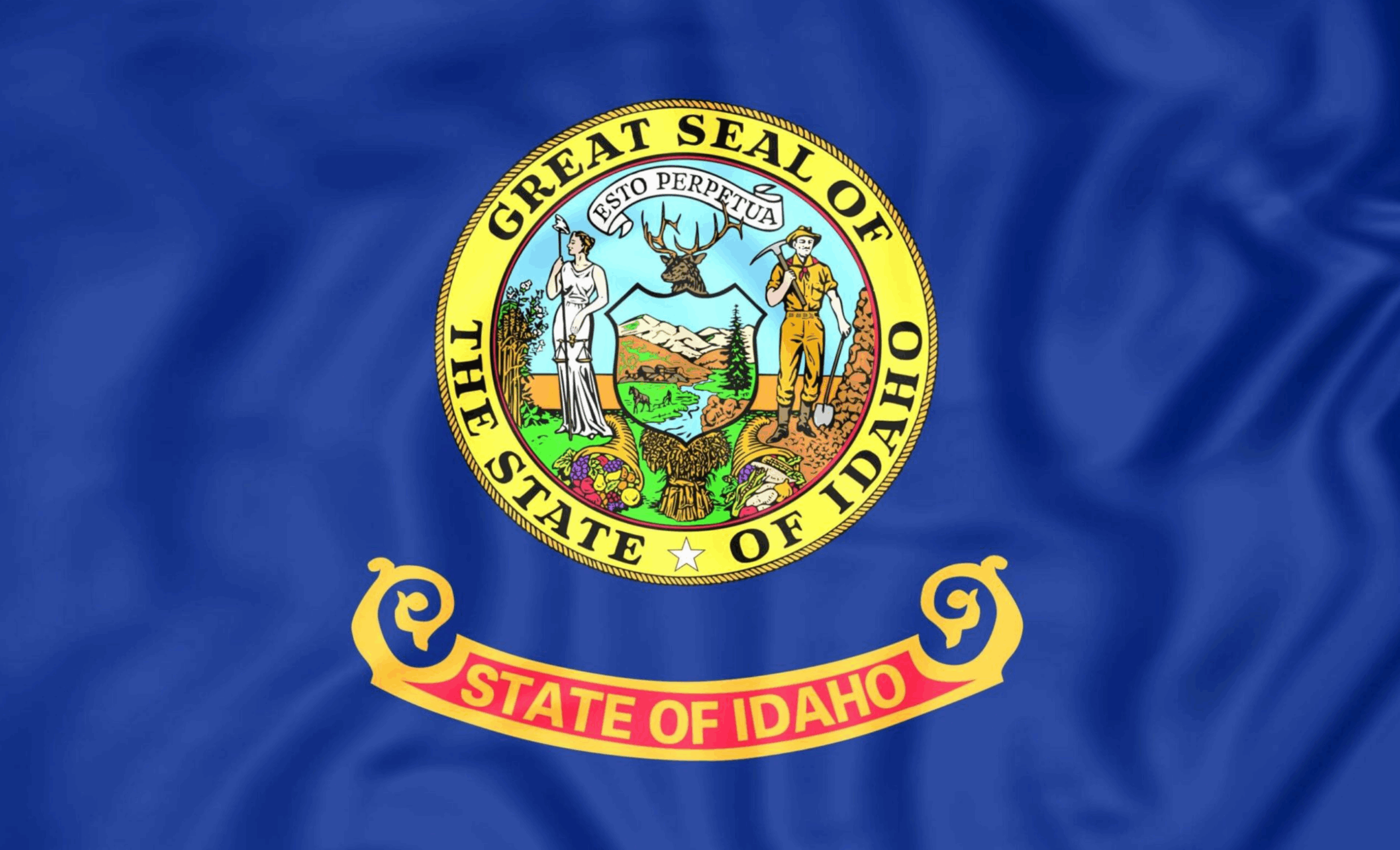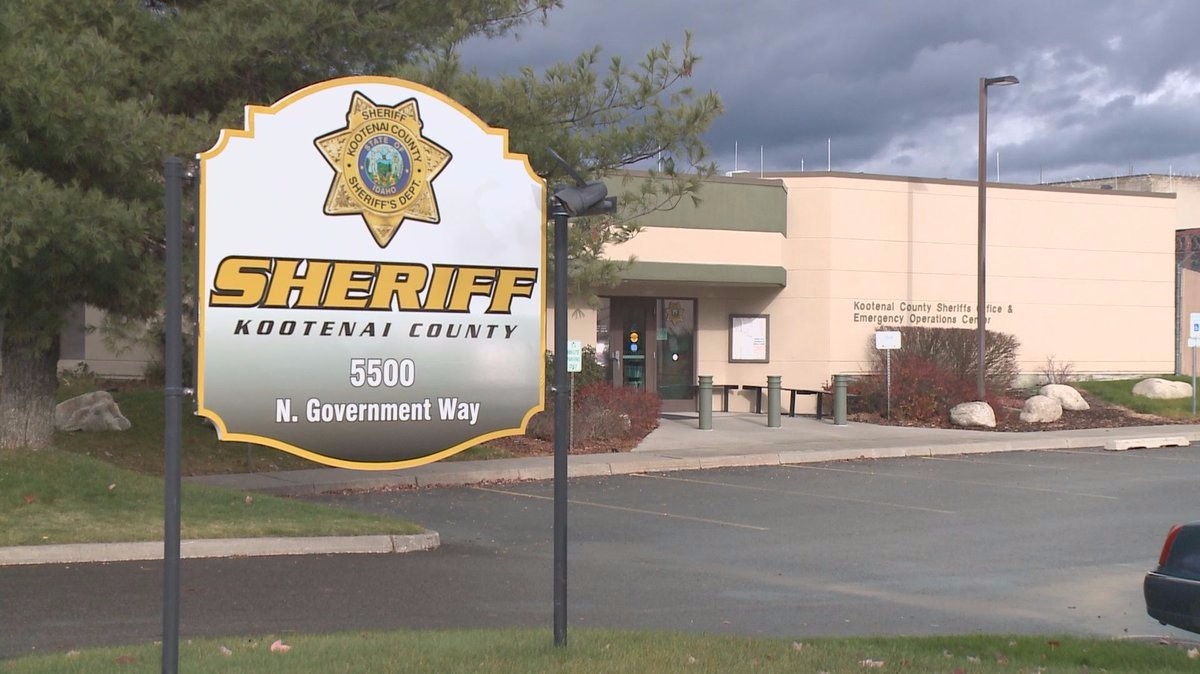BOISE, Idaho — The conversation surrounding federal land is heating up as multiple states voice their support for Utah’s “Stand for Our Land” lawsuit, including Idaho. Attorney General Raúl Labrador filed a brief on October 22 with the Supreme Court supporting Utah. Idaho is joined by 11 other states in championing Utah’s cause to claim ownership of federal public lands within the state’s borders.
Utah filed its lawsuit directly with the Supreme Court on August 20, asking the Court to address if the Constitution permits the federal government to retain land within the state indefinitely without any formal purpose. The case challenges the Bureau of Land Management’s (BLM) ownership of 18.5 million acres of Utah land that is “unappropriated” and without any congressional designation.
“Nothing in the text of the Constitution authorizes such an inequitable practice,” Utah Attorney General Sean Reyes said. “In fact, the Framers of the Constitution carefully limited federal power to hold land within states. Current federal land policy violates state sovereignty and offends the original and most fundamental notions of federalism.”
Labrador filed an Amicus brief in support of the plaintiff. This effectively means that although Idaho is not a party in the case, it has an interest in the Court ruling in Utah’s favor. Federal land accounts for 61% of Idaho’s 83,000 square mile territory. According to Labrador, about a third of this federal land is unappropriated.
“There are no courthouses or military installations on these lands,” Labrador said. “Instead, the federal government simply acts as a self-interested landowner leasing out the land for timber, mining, and grazing—but without being subject to state law or state management practices.”
This is juxtaposed to land with a congressional designation, such as National Parks, National Forests, and Tribal land. These federal lands are not challenged by Utah’s lawsuit as they have a designated purpose. However, Idaho’s brief says that disposing of the BLM’s unappropriated land “would go a long way towards ameliorating the problem.”
The BLM’s Coeur d’Alene Field Office manages about 99,000 acres of land surrounding Lake Coeur d’Alene and the Silver Valley. While parcels like the Cougar Bay natural area are dedicated conservation land, popular areas such as Mineral Ridge and Blackwell Island would likely be considered unappropriated.
The BLM manages nearly 9.1 million acres of unappropriated land in Idaho, which is 17% of the entire state. This is land where the state of Idaho cannot exercise eminent domain, collect property tax, or enforce state laws. According to the brief, these are “formal limitations on the scope of [Idaho’s] sovereign powers.”
Wyoming, Alaska, and the legislature of Arizona are named in the amicus brief alongside Idaho. Several other states filed a joint brief supporting Utah including Iowa, Arkansas, Alabama, Mississippi, Nebraska, North Dakota, South Carolina, South Dakota, and Texas. Additional briefs were filed by several nonprofits and coalitions.
Should the Court rule in Utah’s favor, the state would be granted leave to file a complaint with the Department of Interior. This would set the precedent for Idaho to do the same should the state decide to. The Court is due to respond by November 21.
This is yet another example in which Idaho has been oppressed by the federal government’s overreach.
Raúl Labrador
In addition to questioning the constitutionality of federal land, the brief highlighted the “clashes between State and federal authorities.” It cites the controversial Lava Ridge wind farm project as well as “catastrophic wildfires” in Idaho forests as examples of this conflict.
“[Idaho] must constantly fight diseases and wildfires that spread from federal forests to state-run forests (or even to private lands),” the brief reads. “If maintenance of current federal unappropriated lands were under Idaho’s control, it could make flourishing forests a priority.”
Wildfires devastated almost a million acres across Idaho during 2024. Darr Moon is a geological engineer and multi-generational miner in Custer County. He lamented the tragic fires as the result of “a false narrative of an environmental movement” in federal policy. However, he expressed reservations about transferring public lands to state management.
“For the state of Idaho essentially to come in and manage all the lands would be impossible,” Moon said. “It’s sort of like you’ve loaned your derelict uncle your car for a little while so he can get up on his feet, he’s put 200,000 miles on the vehicle, never changed the oil and gives it back to you.”
The states have very little say in what happens on federal lands. It’s a big problem.
Darr Moon
Moon advocated for “a new generation of the Homestead Act,” which was repealed in 1976 with the passing of the Federal Land Policy Management Act (FLPMA). The Homestead Act licensed Americans to claim unappropriated lands for the purpose of “settlement and cultivation.” In Moon’s experience, “a property owner is the best steward of the land.”
“We really need to reestablish the Homestead Act and modernize it, of course,” Moon said. “I’m not talking about selling off the public lands. I’m talking about homesteads to the little guy, not corporate interests.”
Privatization of public lands is a main concern for opponents to the lawsuit. John Robison is the Public Lands & Wildlife Director at the Idaho Conservation League. He explained his opposition to the bill was due to concern that state management will result in privatization.
“Handing it to the Supreme Court or the state of Idaho or selling it off to the highest bidder is exactly the wrong thing,” Robison said. “That will end up with a loss of access and a loss of the voice of the real owners of the land.”
Article IX, section 8 of the Idaho constitution says that lands owned by the state must be managed to “secure the maximum long term financial return.” This is the policy of the Idaho Department of Lands. Though the rate at which land can be sold is limited, the IDL has sold or otherwise disposed of a million acres since Idaho became a state.
Robison’s concern is that because recreation and wildlife habitats are “afterthoughts” to the IDL, they’re subject to more profitable land uses. In contrast, federal agencies are required under FLPMA to manage for multiple uses and allow public input.
“We have a greater say with the Forest Service and the BLM than we do through the state of Idaho under the Department of Lands because they have a very clear constitutional mandate,” Robison said.
The Forest Service and the BLM can clearly do a better job [than they’ve done before]. But there’s mechanisms in place where we can get the public involved in a better way that gives them real ownership and stewardship of these lands.
John Robison
Utah’s suit challenges the status quo entrenched for decades in federal policy. However, the current SCOTUS is no stranger to overturning precedent. In 2022, Dobbs v. Jackson interpreted that “the Constitution does not confer a right to abortion.” Earlier this year, the Court overturned the Chevron deference, a landmark ruling regarding public land management. Both rulings overturned decades of legal precedent.
“The Court’s decision would affect hundreds of millions of acres nationwide, particularly across 12 western States,” the amicus brief reads.
















